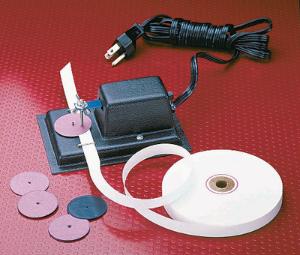My school posed the entirely reasonable, in context, question: Why do you teach? Each faculty member was asked to respond in a narrative and post to our faculty development site.
The folks who asked the question are friends; they're not just colleagues, they're the best teachers at the school. As you see below, I take offense at the question, but not offense toward the people asking it. They didn't know, were unlikely to know, why they pushed my buttons.
Me, I still don't understand why teachers are expected to have kumbaya moments around the fireplace in regard to their employment, yet e.g. bankers, videogame programmers, and professional athletes are not. Nevertheless... and with advance recognition that I very much enjoy my job and my school...
Why do I teach?
This answer is going to be quite a bit prickly. I know this exercise was intended in good
faith and without ulterior motives. Yet,
the question itself hits a major nerve.
Short answer: None of your business. The question is
offensive to me, though I know you intended no offense.
Most folks in academia are aware that seemingly every woman
physicist has a story about someone in her life – family, professors,
colleagues – who made an extraordinarily rude statement suggesting that she is
in the wrong profession for a girl.
“You’ll never get a husband as a physics major,” or “Why don’t you take
this lower-level class, the girls usually need a bit of catch-up,” or, famously
and recently, “Three things happen when [girls] are in the lab: you fall in
love with them, they fall in love with you, and when you criticize them they
cry."
What folks don’t often recognize is a different social
problem faced by physics teachers, especially male physics teachers. Many of us have stories of family,
administrators, and colleagues who don’t quite understand what a person with a
degree in a “real” or “useful” field – and a man, to boot – is doing as a
teacher.
In interviews I was asked the question, “They say those who
can, do, but those who can’t, teach. So
what made you decide to teach?” The
automatic assumption was that a person with physics and engineering degrees
must be a crappy engineer indeed if he must resort to teaching for a
living. I’ve been asked repeatedly over
the years, “why don’t you use your physics degree?” as if I’m making waste of
said degree by teaching. And, of course,
“Gregory Charles, we paid all that money to send you away to an elite college,
and you’ve decided to teach? What are you
thinking?!?” Somehow, my sister with a
theater degree from Dartmouth never got those sorts of questions when she began
her teaching career.
And these questions are from well-meaning people. I’m not even including the outright
condescending discrimination from female colleagues and administrators who have
no use for men in education. I mean,
obviously, a man who teaches is either gay, perverted, or on a power trip to
become an administrator, right?
Then there’s the Soviet undertones of the question. “Let’s all share why we’re so happy living in
a Workers’ Paradise.” What, this person
isn’t happy? He wants more of a say in
how paradise is run? He mentioned that
perhaps the education establishment subjects us to vacuous dogma rather than
encouraging engagement in substantive, intellectual discussion with creative,
professional craftspeople? He’s
obviously a troublemaker sowing dissent and discord. Take him to Lefortovo.
I guess I’d like to rephrase the question… of course smart,
interesting people choose to teach.
That’s obvious. The question
should instead be directed to the less intelligent or less dedicated folks, and
should say “How in the hell are you a teacher?”
Why do I teach?
Because it pays the bills, I’m good at it, and I usually enjoy my
students and my colleagues. That’s all
you need to know. That’s all I’m willing
to state publicly. Actions speak louder
than words: I encourage you to judge my commitment to my profession not by this
sort of essay, but rather by the feedback from two decades of students, from
colleagues at our school, and from fellow physics teachers around the
country.



